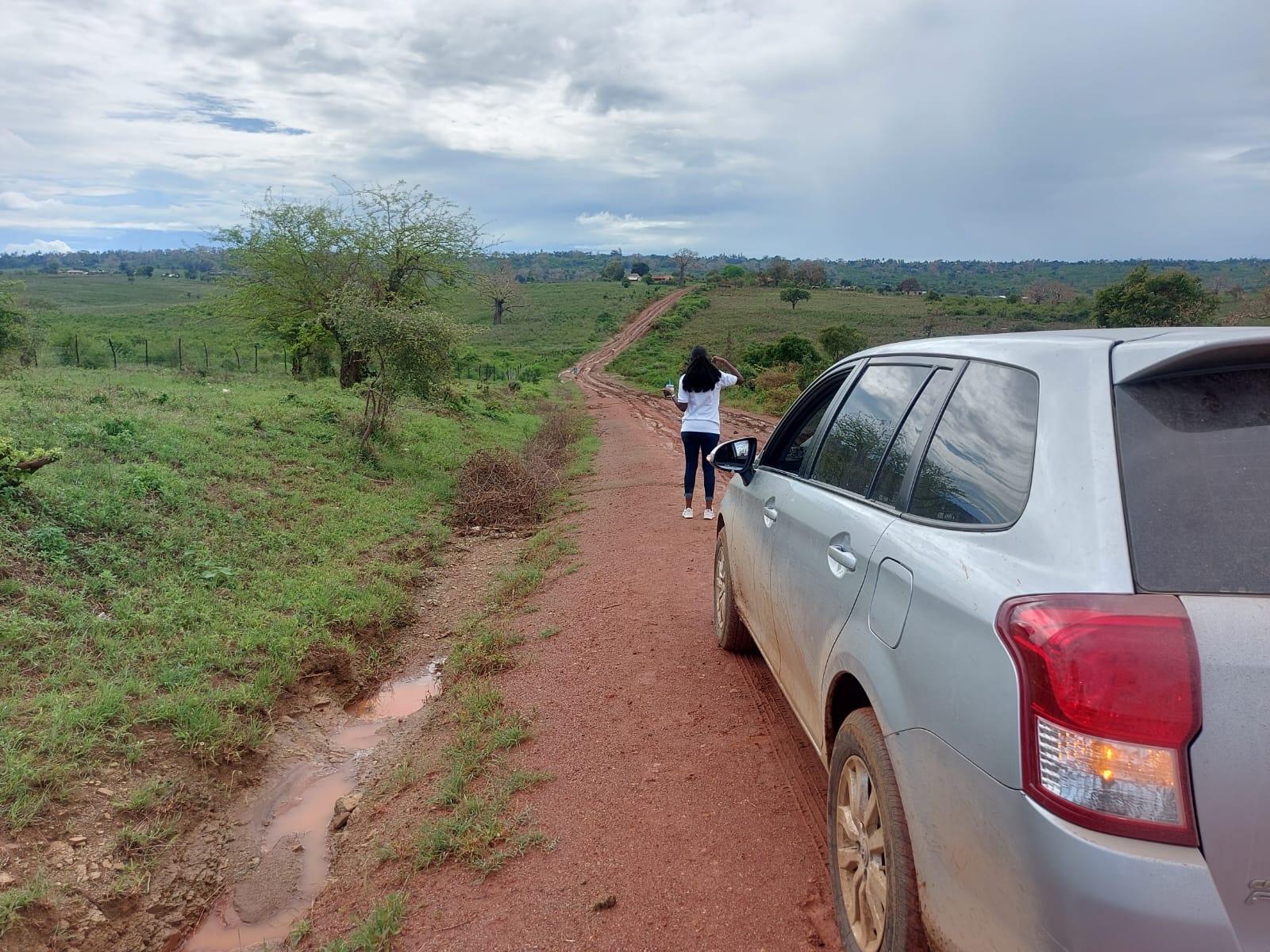What to look for during a site visit

A site visit is a crucial step in evaluating potential property for purchase or development. This article provides a comprehensive guide on what to look for during a land site visit to ensure a successful outcome.
When considering purchasing a piece of land for residential or commercial development, conducting a site visit is essential. It allows you to assess the property's potential and identify any potential obstacles or issues that may arise during the building process. Here are some important things to look for during a land site visit.
- Location and Accessibility: The location of the land is crucial because it determines its value and potential for development. Consider the proximity to schools, shopping centers, hospitals, and transportation hubs. Assess the accessibility of the land from main roads and highways to ensure it is easily reachable.
- Topography and Soil Composition: Evaluate the land's topography to determine its slope, elevation, and drainage patterns. This will help you understand if there are any potential challenges in terms of construction. Additionally, assess the soil composition to ensure it is suitable for the intended use of the land.
- Utilities and Infrastructure: Determine the availability and proximity of essential utilities such as water and electricity. Assess the accessibility of these utilities to the land, as connecting to them may incur additional costs.
- Zoning and Regulations: Familiarize yourself with the zoning regulations and restrictions applicable to the land. Understand the permitted land uses, building codes, setback requirements, and any other regulations that may affect your development plans.
- Natural Resources: Take note of any valuable natural resources on the land, such as water bodies ie oceans and lakes. These resources may have specific regulations or restrictions associated with their use or protection.
- Environmental Factors: Assess the land's susceptibility to flooding, erosion, or other natural hazards. Consider the potential impact of nearby industrial activities, air quality, noise pollution, and other environmental factors on the land.
- Boundaries and Easements: Clearly identify the boundaries of the land and ensure they match the legal property description. Look for any easements or rights of way that may exist on the property, as they can impact your development plans.
- Neighboring Properties: Observe the surrounding properties and assess their condition, use, and potential impact on your development. Consider the compatibility of the neighboring properties with your intended use of the land.
- Future Development: Research any planned or potential development projects in the area. This can help you anticipate changes in the neighborhood and assess the future value and demand for your land.
- Market Analysis: Evaluate the current real estate market trends in the area to gauge the demand for the type of development you have in mind. Analyze property prices, rental rates, and vacancy rates to determine the potential return on investment.
By thoroughly examining these factors during a land site visit, you will gain a comprehensive understanding of the property's potential and any challenges it may present. It is advisable to consult with professionals such as realtors to ensure a thorough assessment of the land. Remember that a land site visit is an essential step in the due diligence process before purchasing a property. It provides you with crucial information to make an informed decision and avoid potential issues and surprises down the road. Take the time to thoroughly assess the land and seek expert advice to ensure the success of your development project.
